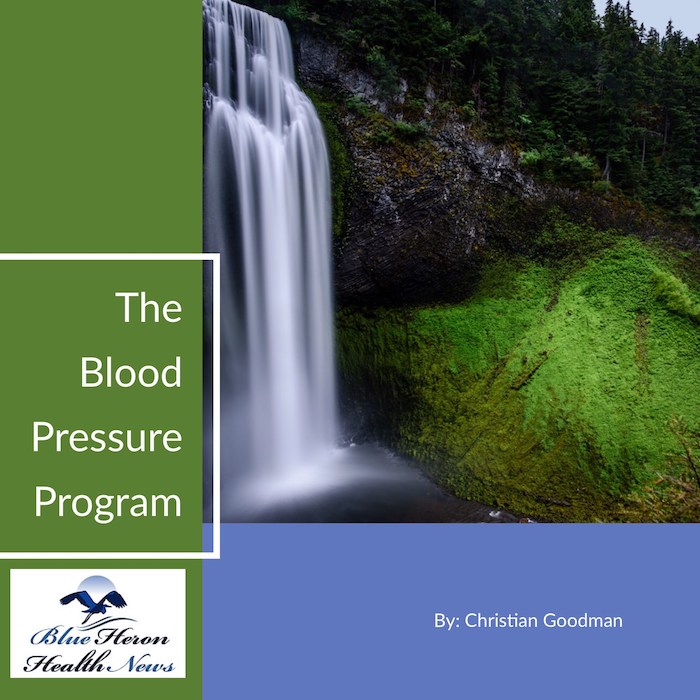
The Bloodpressure Program™ by Christian Goodman The Bloodpressure Program™ by Christian Goodman This was all about The Bloodpressure Program. It is highly recommended for all those who are suffering from high blood pressure. Most importantly, it doesn’t just treat the symptoms but also addresses the whole issue. You can surely buy it if you are suffering from high blood pressure. It is an easy and simple way to treat abnormal blood pressure.
What is the role of peer support in the educational aspect of the program?
Peer support is a powerful element in the learning aspect of the majority of programs in the following ways by supporting learning outcomes and participant engagement. Here’s how:
1. Reinforces Learning
Peers can explain concepts in their own words, reinforcing and solidifying understanding for both the learner and the facilitator.
2. Builds Confidence
Learners feel more comfortable asking questions and exposing confusion among peers than among teachers, relieving anxiety and promoting open discussion.
3. Encourages Collaboration
Peer interaction promotes cooperation, communication, and problem-solving skills—critical skills in most learning contexts.
4. Creates Accountability
Learning in peer groups or pairs helps learners stay motivated and on task, particularly in long-term or self-paced programs.
5. Fosters Belonging
Peer support creates a sense of community, which is linked to higher retention and satisfaction rates, especially in online or blended learning environments.
6. Provides Multiple Perspectives
Peers often have different experiences and insights, provoking debate and challenging assumptions.
Would you like examples of how peer support is structured within specific programs (e.g., buddy systems, mentoring groups, peer tutoring)?
Programs often utilize case studies as a powerful learning activity to help participants understand and apply blood pressure control concepts to real-life situations. Here’s how they typically go about it:
1. Personalized Learning
Relatable Stories: Case studies feature fictional or real individuals with various lifestyles, ages, and health histories (e.g., “Maria, a 45-year-old office worker with prehypertension”).
Goal: Enable participants to imagine themselves in the scenarios, which increases engagement and recall.
2. Problem-Solving Practice
Participants are asked to diagnose the case (e.g., “Why is Maria’s BP high despite medication?”) and recommend solutions like reducing salt, adding exercise, or stress management.
Goal: Reinforce decision-making and critical thinking.
3. Highlighting Consequences
Cases can illustrate what happens when blood pressure is neglected (e.g., stroke, kidney disease) versus what happens with good intervention.
Goal: Highlight the importance of active management.
4. Interactive Group Discussions
Case studies are discussed in groups in workshops or web-based forums, with multiple perspectives and shared learning potential.
Goal: Build community and facilitate understanding through discussion.
5. Cultural and Age Relevance
Some programs tailor case studies to meet specific cultural diets, socioeconomic conditions, or age-specific concerns.
Goal: Make education more inclusive and actionable.
6. Follow-Up Modules
After reading a case, students can take a short quiz, track their own BP, or draft a behavior-change plan derived from the scenario.
Goal: Move from theory to personal application.
Would you like to view an example case study used in blood pressure education?
The Bloodpressure Program™ by Christian Goodman The Bloodpressure Program™ by Christian Goodman This was all about The Bloodpressure Program. It is highly recommended for all those who are suffering from high blood pressure. Most importantly, it doesn’t just treat the symptoms but also addresses the whole issue. You can surely buy it if you are suffering from high blood